If you’re anything like me, it’s hard to pass up a high quality action adventure chalk full of cinematic sets and engaging fights. These elements define the recipe for Jedi: Survivor, and the last couple of weeks I’ve spent in the review process confirm it is a great Star Wars game. It’s still rough around the edges, and not in line to become the greatest Star Wars game of all time, but Jedi: Survivor is easy to recommend to anyone interested. Well, with some cautions in mind.
There’s a lot to this game, as the 155 GB file size should tip you off. It’s a much larger adventure than the predecessor Star Wars Jedi: Fallen Order and should take you dozens of hours at least to finish it if you divert from the main story. Even then, it’s a satisfying long game with an impressive amount of substance to it. The narrative remains engaging, the locations feel right at home in the Star Wars galaxy, the combat feels excellent, and you don’t have to wear a poncho anymore.
It’s also known at this point that the game launched to PC unfinished on a technical level. There do not appear to be any deal-breaking stability issues or bugs, but the performance optimization is not up to par. As such, a critical section of this review for Star Wars Jedi: Survivor focuses on the PC experience and whether or not you should buy it.
Raising the bar for a proper sequel
It’s clear that Respawn Entertainment set out to make a better version of Jedi: Fallen Order without trying to reinvent the wheel. Jedi: Survivor features a new and substantial journey that continues to explore the rise of the Empire while mixing in ancient Jedi matters. The story picks up with Cal several years later, but does not fully ditch the events which took place in the first game for the sake of appealing to new players.
There are moments where prior events are summarized or reminisced over, but there are some smart decisions to use the emotions of the characters to contextualize the challenges everyone faced over the past several years. New players to the series will still want to consider playing Fallen Order first, but they’ll at least see the effects of the events in the previous game and be able to understand what’s important in Cal’s life.
We also get to learn more about Cal in Jedi: Survivor, the state of the galaxy, and general Star Wars lore and worldbuilding through the additions of side quests. It’s usually a prickly subject regarding what can potentially just feel like repetitive filler content, but Respawn did a decent job with side quests in this game. The worlds feel alive enough, but not overly big at the cost of quality. Most areas have detailed scenery with unique layouts and a worthwhile point of interest. The intent behind this game feels well executed and I’d say it achieves it goals.
The expanded combat massively helps with the replayability aspect as well. Between the updated graphics, new enemies, and the urge you will undoubtedly get to play with different lightsaber styles, it’s easy to see how exploration feels worthwhile throughout the game. Additional considerations like adding mounts and fast-travel remove the burdens of dealing with the larger world.
For better or worse, there are also plenty of puzzles in this game as well. I personally like environmental puzzles and occasionally review those types of games, so this didn’t bother me about Jedi: Survivor. Some of the puzzles are surprisingly challenging though for a Star Wars game and will likely push you to look up guides.
Likewise, it came as a surprise how much Respawn expanded upon the platforming elements in this game. Most of the platforming is interesting, but it does tend to wear on the experience in a few places. Fortunately, Cal’s improved movement mechanics make the platforming manageable. Perhaps even a bit too easy, as some jumps feel a bit too arcadey now. At times I felt more like Spiderman than Cal. There was more weight to the traversal mechanics in Star Wars Jedi: Fallen Order, which I argue felt better.
Blending Disney canon with Legends Extended Universe
Cal’s story picks up five years after the events of Jedi: Fallen Order, but the story takes on a very different direction this time. Where the previous game didn’t stray far from the established canon, Jedi: Survivor explores a lot of new material in a way that reminds of the countless Extended Universe spinoffs pre-Disney.
There is significant investment in detailing the High Republic era in which the Jedi Order was virtually unopposed by Sith or dark Jedi and free to dabble in the mysteries of the galaxy. This is interesting not only because the High Republic generally remains shrouded in mystery, but also because Disney intends to explore the time period through major Star Wars productions in coming years. Jedi: Survivor is another example of how Disney sets the stage for new things to come in the same way it does with Marvel content.
The bits connected to the High Republic feel strikingly familiar to existing Legends material. You’ll feel a creeping familiarity of The Old Republic world elements, such as in the architecture of the different locations. Couple the environments with the story events, and Jedi: Survivor feels like a classic Star Wars spinoff into the Extended Universe. This is refreshing, because Disney fiercely guarded the new canon for years. It’s been a slow process of reincorporating Legends themes and material that meet Disney’s approval.
Near-perfect cinematic lightsaber combat
There are now decades of Star Wars games that incorporate Jedi lightsaber combat, each with unique takes on how to control the action. It goes without saying that different types of players prefer different combat styles, but Respawn has proven that the Souls-like approach works well to create engaging melee combat along with added flexibility provided via Force abilities.
The grounded approach to combat creates a feeling akin to being in one of the movies as opposed to leaping around like an overpowered super hero. You can still pull off plenty of combinations to dominate Stormtroopers and make simple work of bosses, but one slip up can can easily result in your death depending on the fight. This makes the combat remain engaging at all times, and the payoff all the better. It also heavily encourages players to explore more options given the tools at their disposal.
Combat Stances were expanded from two in Fallen Order up to five for Survivor, and each feels useful for the right enemies and situations. Perhaps more important to wider audiences, the animations and effectiveness of attacks regularly capture the same magic of the iconic choreography in the films. Finisher moves and special uses of the environment to affect bosses really stand out. It’s not just satisfying to defeat enemies, it’s the way you can defeat them that sticks with you.
Cal has access to the traditional lightsaber, a double-bladed lightsaber, dual lightsabers, a lightsaber and blaster combination, and the Crossguard lightsaber. Each Stance is tied to an ability line Cal develops by finding Force points and receiving Force points from leveling up. You’ll unlock some substantial perks for certain styles like the double-bladed lightsaber that turn Cal into a spinning menace of death.
Things do feel a bit awkward when you first begin learning combat mechanics. It certainly feels like you’re playing a video game when certain attacks fall short of your intended target, or an enemy performs an attack while turning towards you and completely misses because of the way you parried. However, you’ll develop a rhythm over time in which you’ll begin to see your proficiency and smoothness create cinematic-feeling kills and triumphs, which can also be captured via Photo Mode.
With praises said, some boss fight mechanics feel questionable. Certain attacks are near-impossible to dodge and will pose large headaches at the harder difficulties. That’s not to say the game shouldn’t be challenging, but it will likely encourage “cheesing” strategies against some bosses. There’s another sequence of events that feel straight from the The Force Unleashed in how over-the-top everything gets. It’s hard not to roll the eyes at how decoupled the section feels from the rest of the game. At least Respawn nailed the Rancor fight.
Most of the Force powers do not suffer from feeling overpowered though. Cal can also improve his Force powers given enough play-time and exploration to find the required Force points. There’s also now a Super ability which applies Slow to the world around Cal plus the new companion mechanics. I didn’t find myself relying on the companion mechanics, but it was nice to have the options. Sometimes finishers auto-incorporate companions, so it offered nice gameplay variance. I also found the companions were useful enough without commands and chose to deal with most enemies as I normally would anywhere else. Companions don’t feel disruptive or forced into the gameplay despite how much the marketing showcases those finishers.
Strong worldbuilding, typical side content and collectibles
For all that Respawn gets right with the gameplay and general vibe in Jedi: Survivor, there’s nothing groundbreaking in the world and level design, side content, or collectibles/customization. It’s fair to say it does most of these things well enough to complement the strengths of the game. You won’t find any huge branching side narratives, extensive player customization, or revelatory design principles. Like was said, Jedi: Survivor follows the successful formula of Jedi: Fallen Order with improvements across the board.
Now to be fair, the world and level design quality are excellent in fidelity and detail. None of the landscapes feel barren and lifeless. If there’s one thing it could use more of though, it’s high-quality side missions with cutscenes just like in the main story. Fortunately, none of the side missions drag on too much. This makes it far less tedious to break off and do a few before you go back to the main story. The fact that locations never feel copied and pasted several times over does a lot for the experience too.
Regarding customizations and collectibles, players can now customize Cal’s hairstyles and clothing with a decent number of options. I can’t help but feel there should of been many more outfit options, but there’s also no trace of in-game microtransactions. That in of itself is greatly appreciated. You find collectibles one by one through exploration and by purchasing cosmetics via in-game currencies. It feels tedious getting the exact look you want, but Respawn at least offers a few decent options from the get-go. Most of the lightsaber colors are instantly available as well.
What Respawn gets right is the weapon customization. You can make your lightsaber and blaster very unique by swapping out individual parts, colors and materials, and the blade colors. For instance, you can create a Beskar lightsaber with gold accents and a white blade. The system for changing one’s appearance also isn’t overly complicated to do or access. I found myself changing out Cal’s look regularly.
Unreal adventures and graphics throughout the galaxy
The art style in Jedi: Survivor is more realistic than Jedi: Fallen Order thanks to lighting upgrades, complex asset geometry, and some highly detailed textures. It looks downright beautiful and near-photorealistic in certain settings like Jedha. Alien characters like Greez and Imperial Senator Daho Sejan look incredible up close, while the appearances of most humans including Merrin look incredible thanks to detailed facial animations, hair, and clothing. It’s easy to feel immersed in the experience.
The game runs on Unreal Engine 4, so it’s no surprise to see how impressive various effects look. It does feel strange to get another Unreal Engine 4 game in 2023 alongside the many Unreal Engine 5 games releasing or in development, but a lot of the graphics in Jedi: Survivor still hold up against some of the best games out there today. At times it feels like you’re in a tech demo, however, there are some inconsistencies in the quality of graphics.
The main offenders include bugged water reflections, shimmering and ghosting from the built-in TAA, short-range shadow draw distances, and how HDR tends to dull colors. Fortunately, AMD Fidelity FX Super Resolution (FSR 2.2) helps to clean up the TAA slightly and isn’t a detriment to image quality.
For all the incredible screenshots you’ll see, it might surprise you to know there’s no ray tracing required for those results. In fact, the default lighting system is the best way to experience the galaxy for now. Ray tracing does little to nothing towards improving the visual quality in most scenes. The main selling points for using ray tracing are to significantly improve reflections on water and mirrors. All in all, ray tracing just doesn’t feel worth using though. It tanks framerates on even the best hardware. To make matters worse, there’s only a single toggle option tied to all of the ray tracing features.
Frankly, the complex character models and environmental geometry are what truly dazzled me and made Jedi: Survivor feel like a next-gen release. This is evident the moment you set foot on Koboh, and again once you run into some of the new enemy types.
The inconsistencies in visual fidelity are really obvious over time though. Certain environments look last gen, while others look next gen. You’ll see this particularly on Koboh where areas like grassy plains look average at best. You’ll then see an uptick in quality when you step into a nearby cave or visit other biomes on the map like the Basalt Forest. The same goes for visual effects. The important bits like lightsabers and abilities all look incredible, but you’ll occasionally stumble across effects that look rushed or like placeholders such as some flames and particle beams I noticed during my playthrough.
Jedi: Survivor certainly has its incredible moments and should please those who enjoyed the graphics in Jedi: Fallen Order. However, the visual upgrades do not make it feel like the Crysis of our time and do not justify the poor overall performance and frequent lack of optimization.
A great disturbance in performance and stability
It’s no secret at this point that Star Wars Jedi: Survivor is a beast to run on PC, and these problems certainly put a damper on the review score. Even the latest hardware struggles with this game, and optimization seems to be the overarching issue. I reviewed this game using an RTX 4080, i9-13900K, and DDR5 6400 on a fresh install of Windows 11 and didn’t get anywhere near the same performance as in Jedi: Fallen Order. One would expect a newer game to require better hardware, but the differences here really are a bit ridiculous given the similar scope to the first game.
When Jedi: Survivor ran at its best, I averaged 120-145 fps. At worst, 85-110 fps. The kicker is that I had to use FSR Performance mode to achieve these framerates. The same system is capable of averaging 144 fps on high settings in Jedi: Fallen Order with rare dips to 135 fps and 122 fps at worst. That’s a sizeable difference and doesn’t speak well to optimization.
The game reportedly runs far worse on last gen PC hardware. I unfortunately didn’t have time to test multiple hardware configurations, but experienced enough performance issues and bugs to confirm this game is not in a state of completion for PC. Multiple areas in the game still don’t fully utilize the hardware and will result in poor framerates no matter what you do. Coruscant was the worst offender. The game engine was incapable of rendering at a higher framerate than 92 fps, it frequently stuttered for no reason, and stuttered even worse during shader compilation in new areas. Performance improves dramatically once you get off of Coruscant, but you’ll still find occasional areas with bad performance no matter what you change in the settings.
I actually didn’t encounter that many bugs during my playthrough which included the day one patch. There was one bug in which the camera became obstructed by bugged out clothing on certain enemies. I had to repeat the section several times and got lucky it didn’t happen eventually.
The major grievance I have is that controller button remapping is awkward and completely broken. Considering the developers recommend playing the game on controller, it’s not a good look. There’s only a single preconfigured layout for controller, so you’re out of luck for the time being if you don’t like it. PC players can at least mitigate this with mouse and keyboard or by using a mix of both to account for the broken mapping on controller. Switching inputs allows you to circumvent resetting your controls just to do a Force power.
Star Wars Jedi: Survivor review verdict
One would hope Respawn gets a handle on the technical side of this port soon. As it stands, it’s hard to recommend Jedi: Survivor on PC despite the excellent gameplay. Star Wars and action adventure fans will have a great time with this game, as long as expectations are in check regarding the current state of the game.

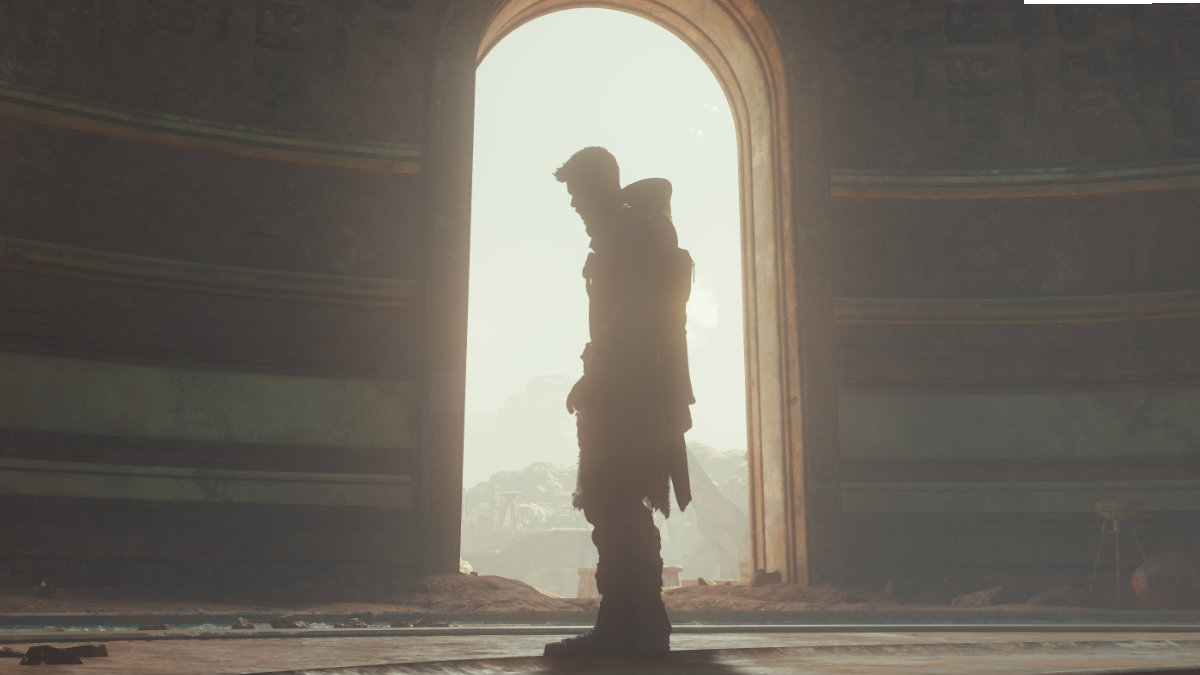
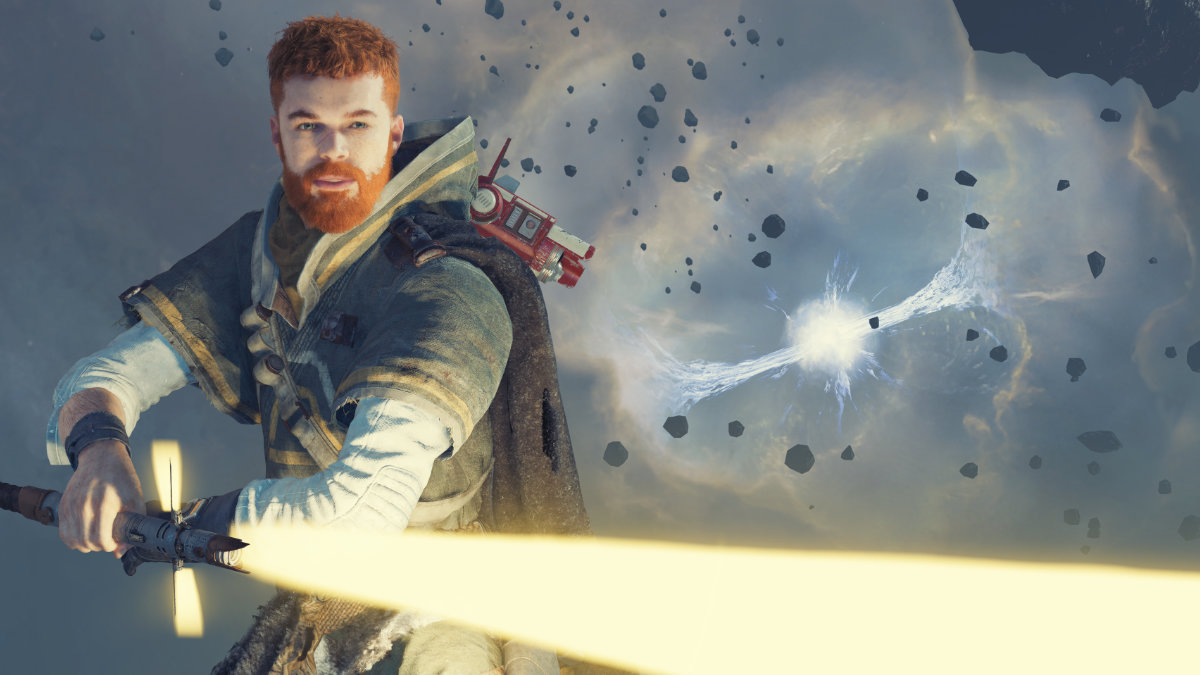
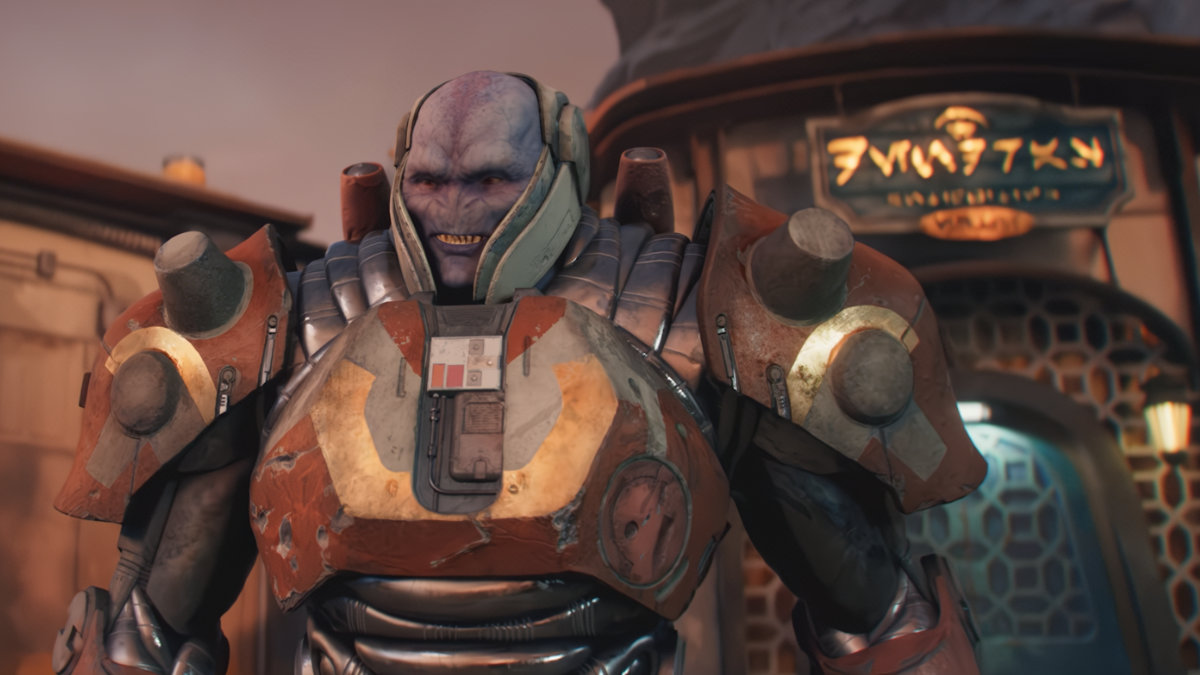
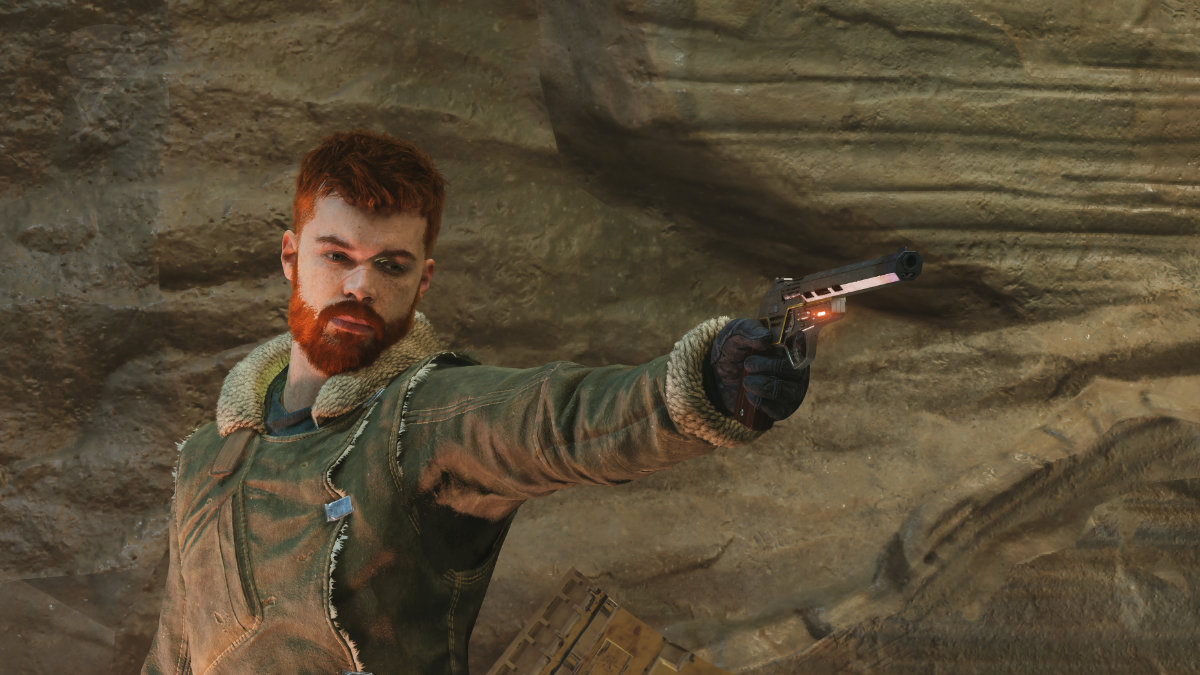
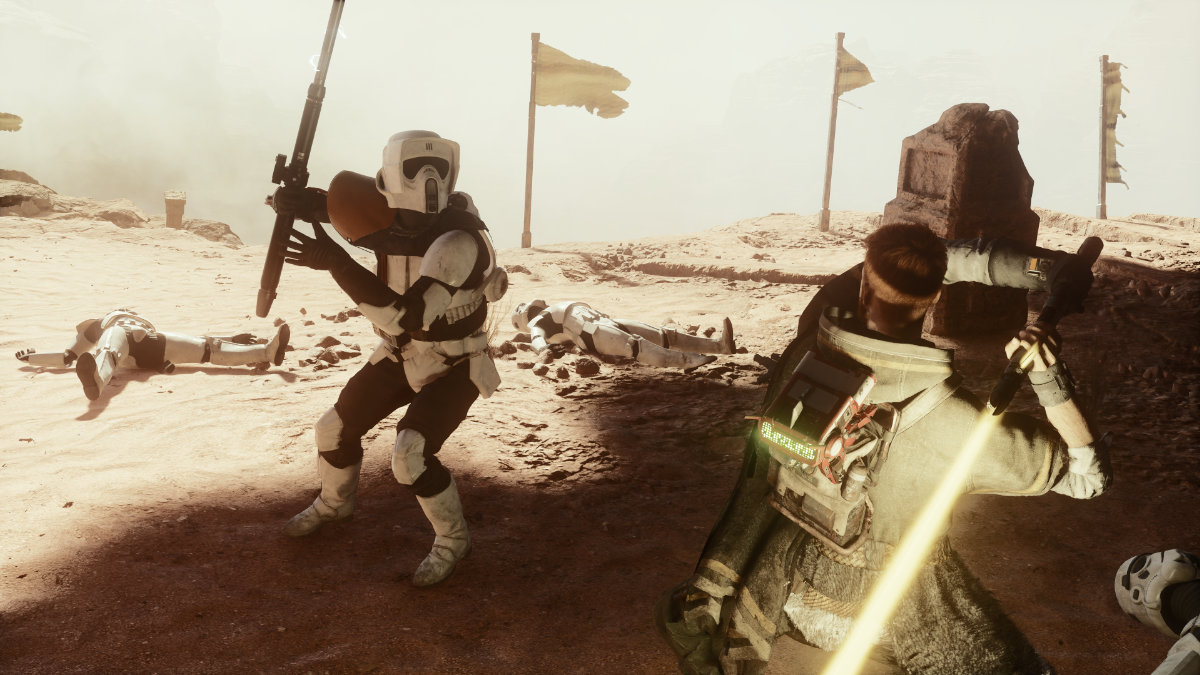
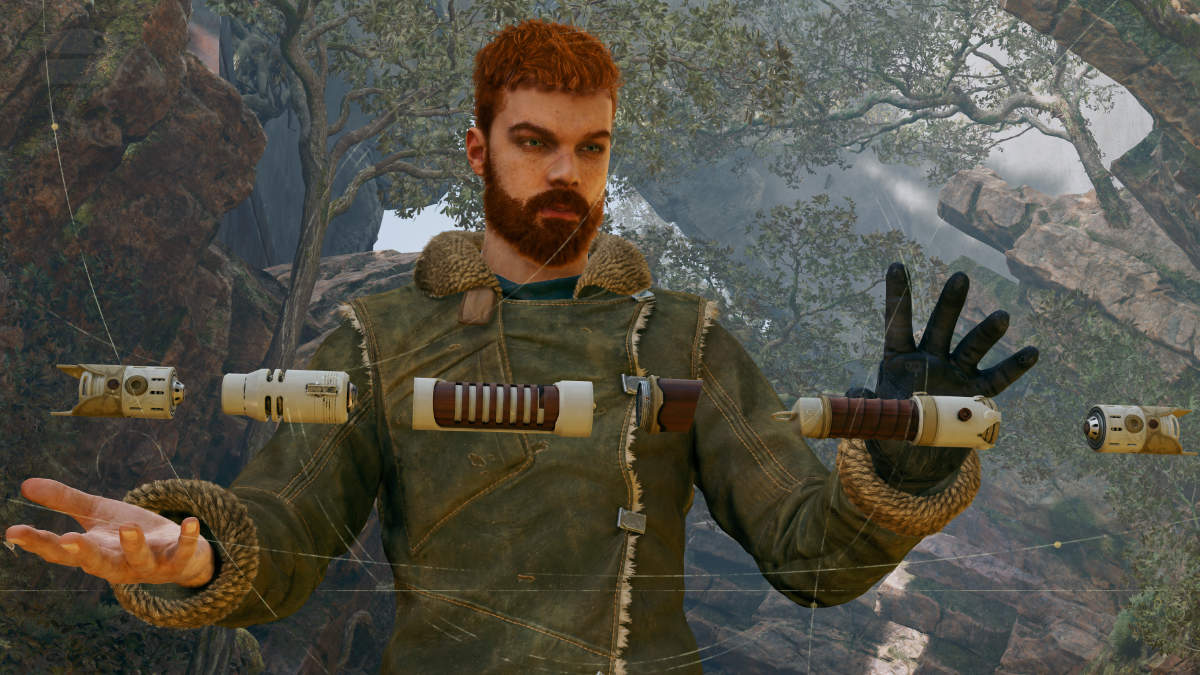
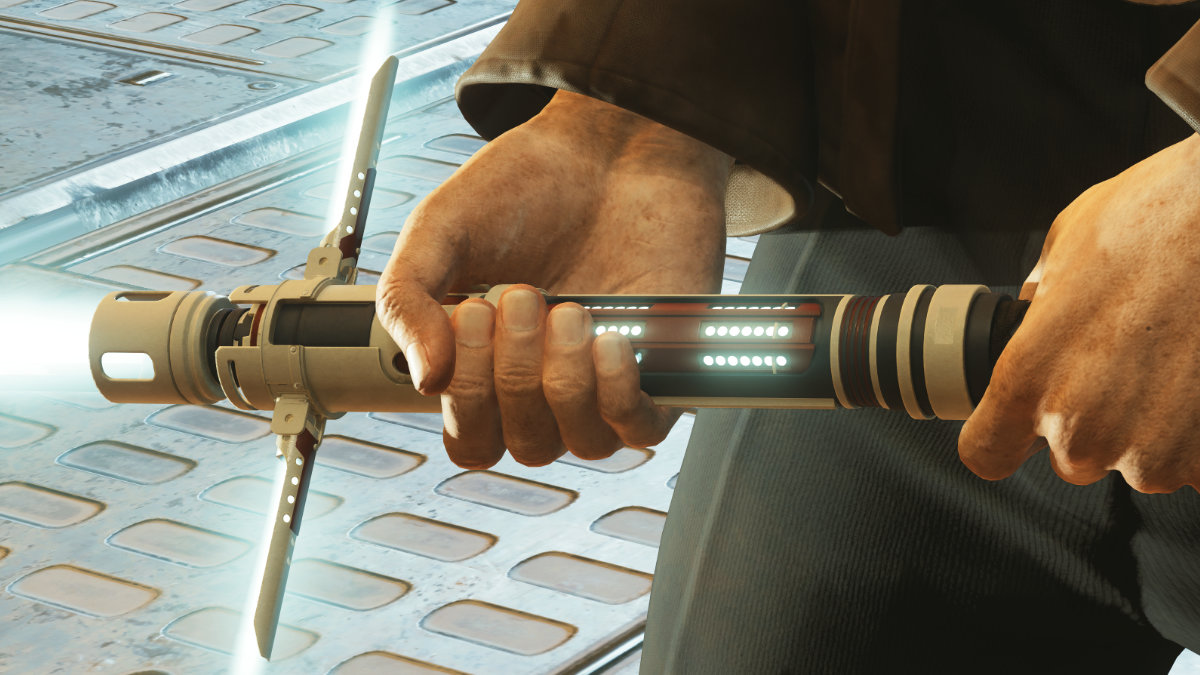
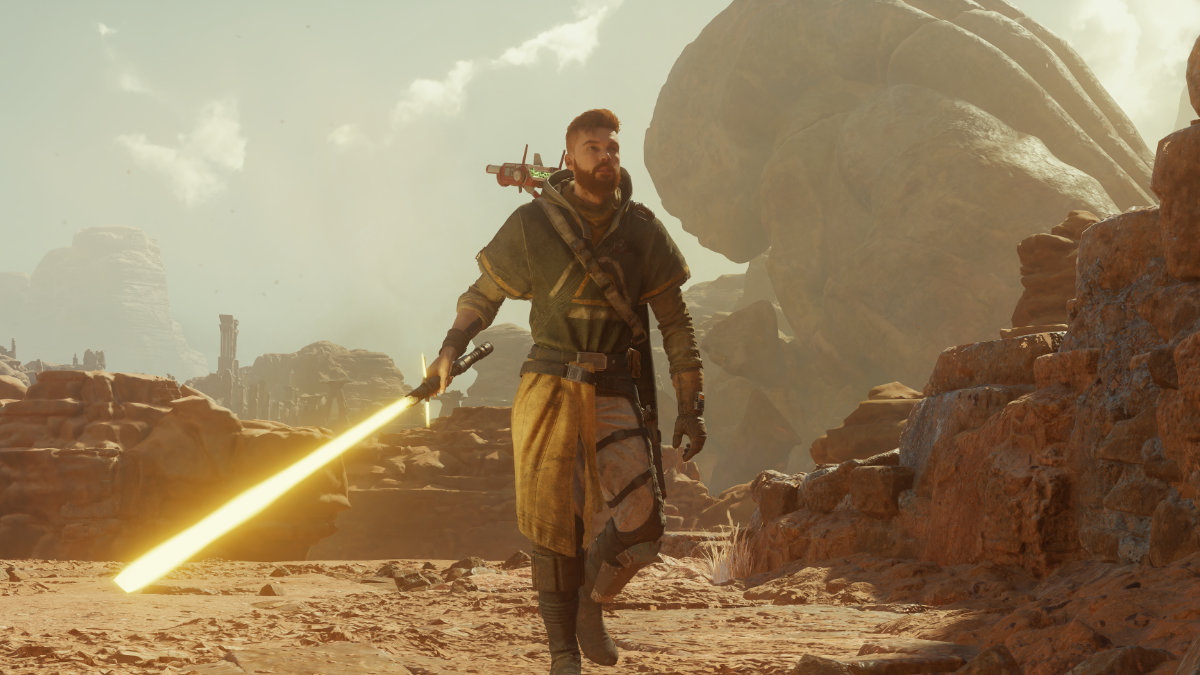
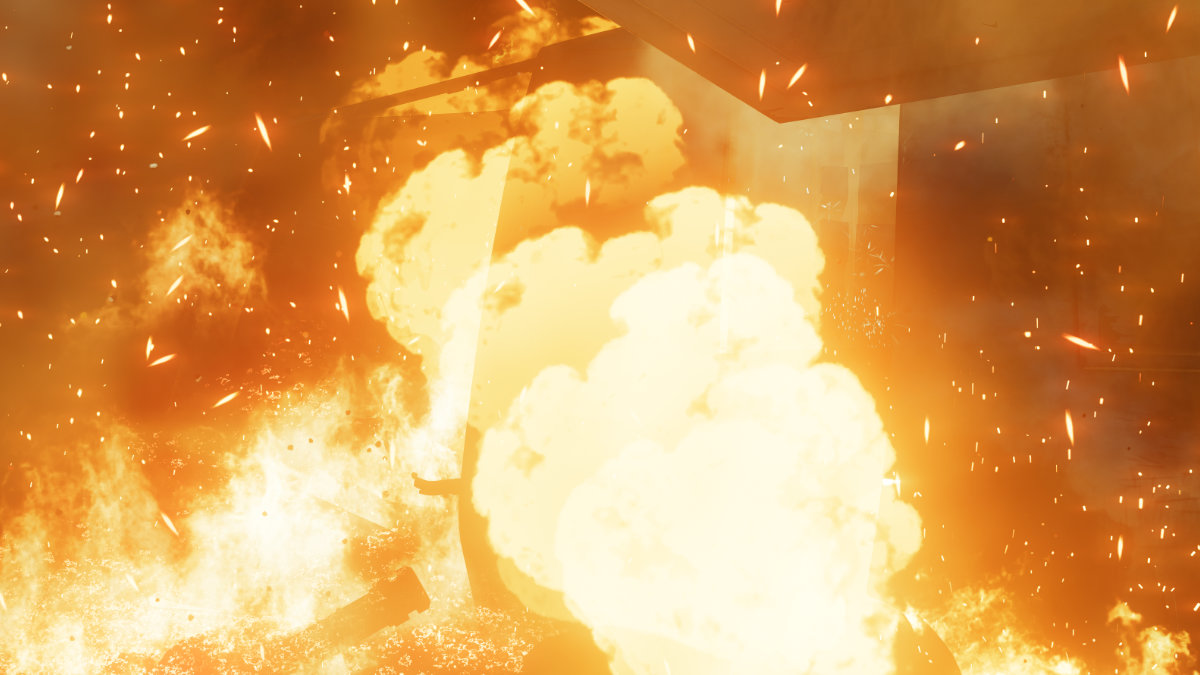






Published: May 8, 2023 08:00 am